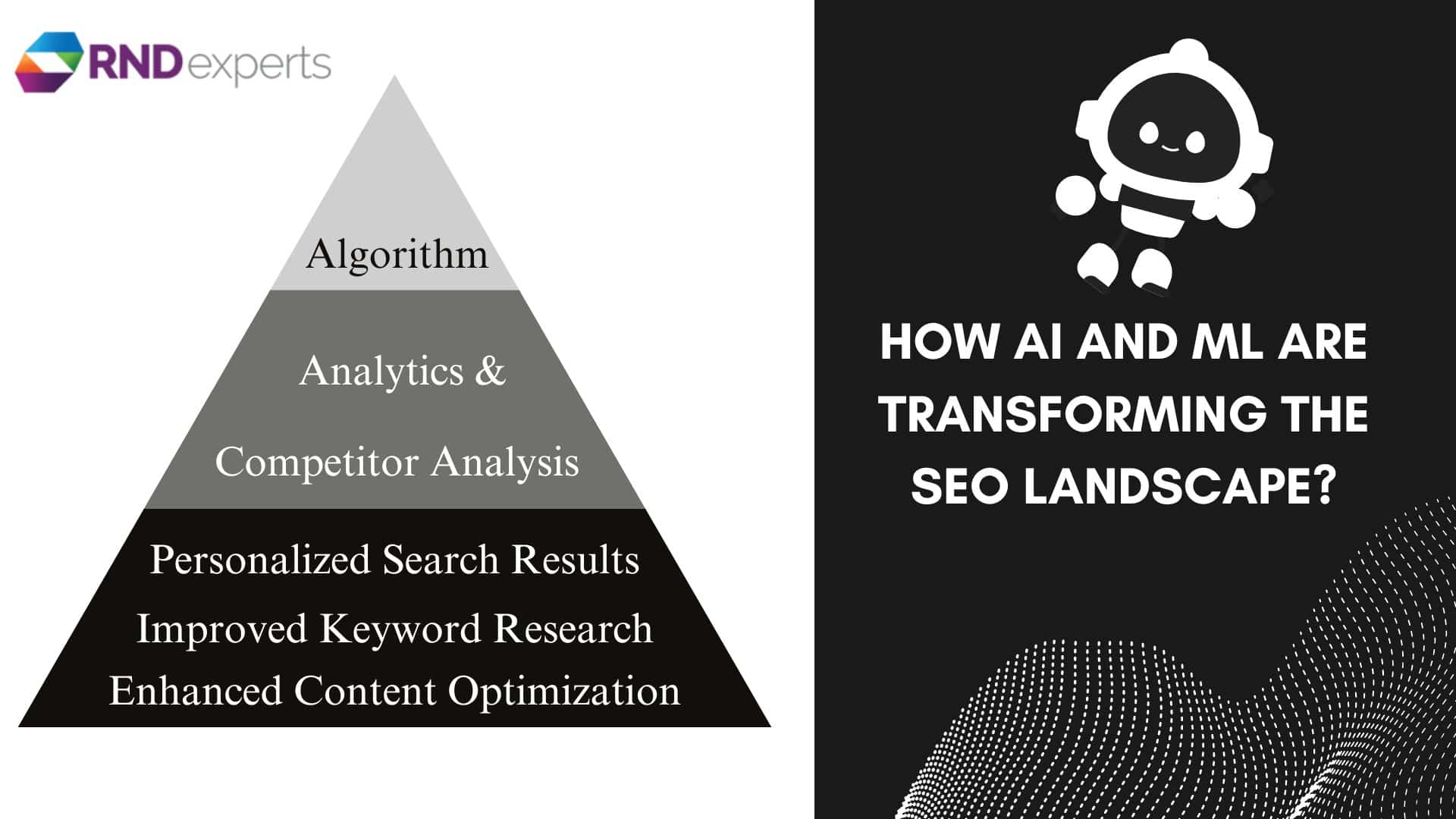If you’re a business owner in New York, you know that visibility is everything. Your website may look great, but if it’s not showing up in search results, it’s as if it doesn’t even exist. So, how can you ensure that your business gets the attention it deserves? The answer lies in high-quality, results-driven SEO services. And that’s where RND Experts Pvt. Ltd. comes in. We specialize in crafting SEO strategies that elevate your brand, drive relevant traffic, and, ultimately, boost your sales.
By partnering with an experienced SEO agency in New York, you can ensure that your website ranks higher on search engine results pages (SERPs), making it easier for potential customers to find you. But not just any SEO company will do. You need a team that understands the local market, your industry, and your specific goals. That’s where the power of quality SEO services can make all the difference for your business.
Why SEO Matters for Your Business?
Most business owners understand that SEO (Search Engine Optimization) can help them get found on Google, but the bigger question is: how can SEO help your business grow? SEO is more than just about ranking higher—it’s about showing up when potential customers are actively searching for solutions that you offer. If your website isn’t optimized correctly, it’s missing out on valuable leads and sales.
Think about this for a moment: when was the last time you clicked on a second or third page of search results? Probably never. Consumers are searching for products and services like yours every day. The goal is simple—get your business in front of them.
Why Do You Need SEO Services in New York?
New York is a highly competitive market. Businesses from all industries are vying for attention, and getting your website noticed by the right audience can be a real challenge. With so many companies in New York offering similar products or services, how do you stand out from the crowd?
The key to success lies in SEO. By investing in SEO services in New York, you ensure that your website not only attracts traffic but also attracts the right kind of traffic—potential customers who are already interested in what you offer. When done correctly, SEO doesn’t just bring visitors to your site; it helps you convert them into paying customers.
Benefits of Professional SEO Services
Investing in SEO services offers a wide range of benefits that go beyond just improving rankings. Here’s how SEO can help take your business to the next level:
1. Increased Visibility
By ranking higher on search engines, your website will be visible to more people. Whether you’re targeting a local audience or a national one, SEO ensures that your business shows up when potential customers search for terms related to your offerings.
2. Targeted Traffic
The main goal of SEO is to drive qualified, targeted traffic to your website. SEO services help you reach people who are actively searching for products or services similar to what you offer. This means you’re not just attracting random visitors—you’re bringing in individuals who are more likely to convert into customers.
3. Better ROI Than Paid Ads
While paid advertising can be effective, it stops delivering results once you stop paying. SEO, on the other hand, provides long-term results. By investing in SEO, you are building an online presence that will continue to attract traffic and generate leads for months or even years to come.
4. Enhanced User Experience
SEO is about optimizing your website for both search engines and users. A well-optimized site is fast, mobile-friendly, and easy to navigate. As a result, visitors are more likely to stay on your website and explore more of what you have to offer. It boosts your search engine ranking as a result.
5. Brand Authority and Trust
When your website ranks on the first page of search results, it sends a signal to customers that your business is credible and trustworthy. Consumers often trust search engines to deliver the most relevant and reliable results. By ranking higher, you build your brand’s authority in your industry.
How RND Experts Pvt. Ltd. Can Help Your Business?
Choosing the right SEO company is essential for your business’s success. As an SEO agency in New York, we understand the unique challenges businesses face in this competitive market. Here’s how we can help you grow:
1. Customized SEO Strategies
No two businesses are the same, and neither are their SEO needs. At RND Experts Pvt. Ltd., we take the time to understand your business, its goals, and its target audience. We then create a custom SEO strategy that addresses your unique needs, helping you get the best results.
2. Experienced SEO Professionals
Our team consists of experienced SEO professionals who are well-versed in the latest SEO trends and best practices. As one of the best SEO companies in NYC, we stay on top of Google’s algorithm updates, ensuring that your website continues to rank well and deliver results.
3. Proven Results
We’ve helped countless businesses in New York achieve higher rankings, increase their traffic, and drive more conversions. Our track record of success speaks for itself.
4. Transparency and Communication
We believe in keeping our clients informed every step of the way. From detailed progress reports to open communication, we ensure that you’re always in the loop regarding your SEO campaign’s performance.
Are You Ready to Boost Your Business?
If you’re ready to take your business to the next level, investing in SEO services in New York is one of the best decisions you can make. With the right strategy and the right SEO partner, your business can experience long-term growth and success.
At RND Expert, we’re dedicated to helping you achieve your goals with a customized SEO approach that works. Get in touch with us today to learn more about how we can help you boost your rankings, drive more traffic, and increase your sales.








